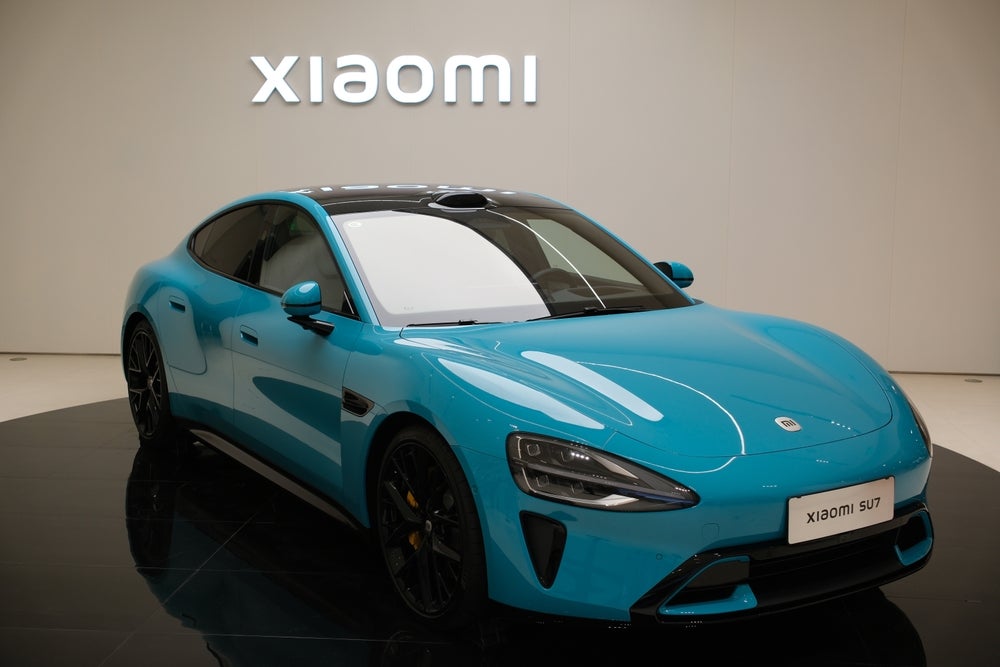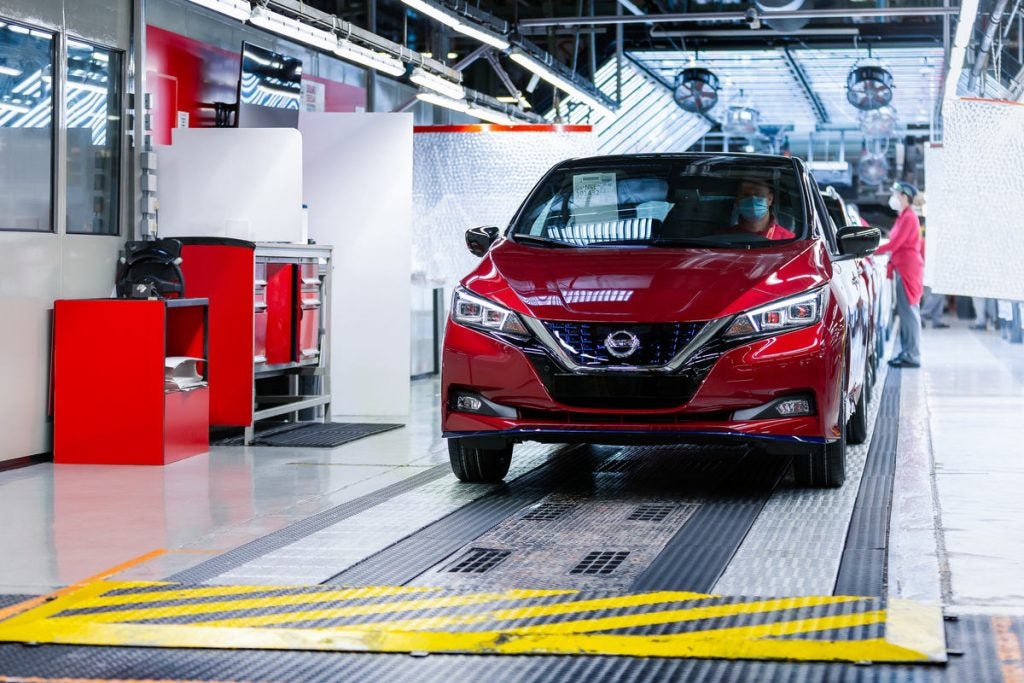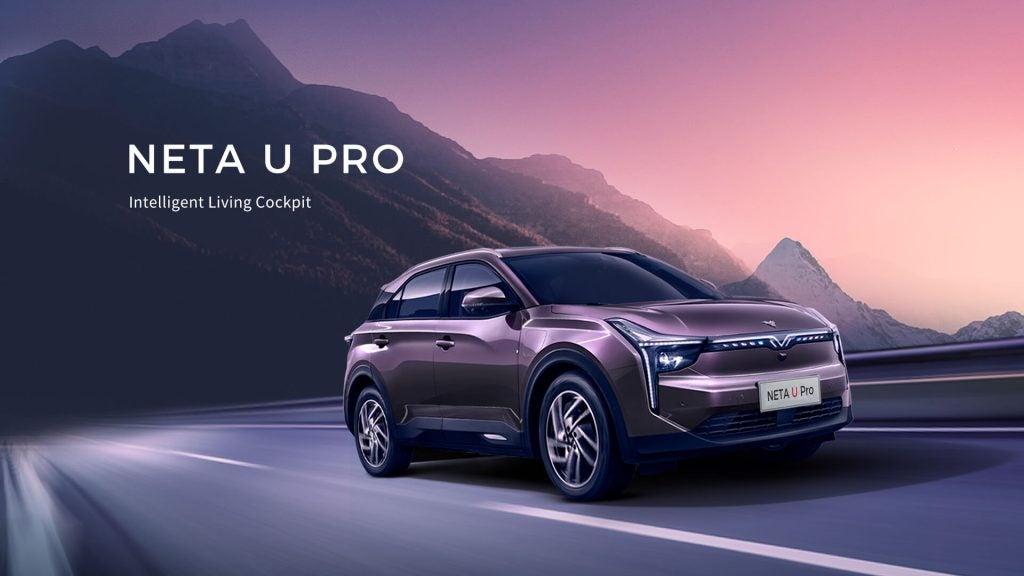In this month’s three-part management briefing, Mark Bursa takes a close look at the development and changing structure of China’s automotive industry. Part 2 looks at JV strategies as well as new brands for the Chinese market.
JV strategies – new brands for new markets
Despite some fears over market slowdown in China this year, automakers show no indication that they are slackening off the pace of investment in new car production. A recent report suggested automakers would invest more than US$1.5bn in manufacturing capacity in Guangdong province alone in 2011. The investments will boost the province’s capacity, which at the end of 2010 was 1.32m vehicles, ranking second in the country and equivalent to about 9.5% of China’s overall 2010 car output.
Major greenfield projects in the southern province include a new Volkswagen car plant with Chinese state-owned FAW Group and a joint facility between Peugeot and China ChangAn Group, according to Reuters, while Toyota and Honda, which have their manufacturing base in Guangdong, are expanding their vehicle and engine plants.
It appears that the large state-owned companies, which largely operate through JVs with foreign automakers, have not reached their ceiling in China. These operations have several advantages over the domestic brands. Firstly, they concentrate on the more brand-aware sections of the market.
Chinese consumers are very status- and fashion-driven. Ownership of an authentic prestige brand such as Audi, BMW or Mercedes-Benz is a sign of status. This also accounts for the proliferation of “copy” cars – domestic-brand designs that look very similar to real foreign designs. Effectively, these are the equivalent of fashion items sold via a budget chain but closely resembling the latest catwalk designs.
How well do you really know your competitors?
Access the most comprehensive Company Profiles on the market, powered by GlobalData. Save hours of research. Gain competitive edge.

Thank you!
Your download email will arrive shortly
Not ready to buy yet? Download a free sample
We are confident about the unique quality of our Company Profiles. However, we want you to make the most beneficial decision for your business, so we offer a free sample that you can download by submitting the below form
By GlobalDataSecondly, they have the advantage of technology, such as advanced hybrid or electric vehicle programmes. As China demands the introduction of these – as it surely will in a bid to combat terrible pollution issues – foreign brands will be able to introduce such programmes with less risk than the Chinese independents.
Finally, many of the JVs are combating the independents by the development of their own Chinese brands. This is already proving extremely successful, even to the point of creating sub-brands within these brands. The upshot is likely to be a very dynamic marketplace, into which new brands will be launched with greater frequency – possibly at the expense of older brands that fall out of favour because they are no longer seen as fashionable.
Again this has parallels with other industries, such as fashion or consumer electronics – where brands can fall out of favour after relatively brief lives. Perhaps Chinese car brands will not develop with the same traditions as the major foreign automakers.
At the forefront of this trend is General Motors, which is using its China-only SAIC-GM-Wuling Automobile low-cost minivan and small car plant in Liuzhou, southern China, to develop and build China-brand models aimed at China. This is a three-way joint venture with SAIC and SAIC subsidiary Wuling, launched in November 2002. Last year it built 1.23m vehicles – contributing more than one-third of GM’s Chinese volume.
Indeed, such is GM’s commitment to this venture that it has announced a plan to acquire a further 10% of the stock in Wuling for US$51m. GM said it had already received government approval for the deal, which will take GM’s share in the company will rise to 44%, while Wuling’s will drop to 5.9%. SAIC will retain 50.1%.
As part of this plan, GM will supply some of its older models in order to bolster the Wuling range. Wuling will receive a rebadged version of the last-generation Chevrolet Spark and Buick Excelle models, plus the first-generation Chevrolet Captiva SUV. The new-generation versions of thee cars will be built by SAIC-GM in Shanghai, and will be sold at a higher price with Chevrolet or Buick badges.
The other strand to the Wuling business is a second China-market brand, BaoJun, launched last year. This will be under the Wuling umbrella, and will be in charge of developing and selling more affordable models priced below the Wuling range. The first model to be sold under the new badge, the BaoJun 630, a 1.5-litre four-door compact sedan, expected to go on sale in the first half of 2011, retailing for around US$7,000.
GM China President Kevin Wale said BaoJun was conceived as a result of careful studies of the market and customers. “Quality, design, fuel economy and durability were made a focus to appeal to local car buyers, particularly first-time buyers in the nation’s second- and third-tier markets.”
GM has also said it would export Wuling-made N200 and N300 minivans to other emerging markets, to be sold under the Chevrolet brand in South America, the Middle East and North Africa. Wuling also has plans to export low-cost vehicles to India.
GM is not alone in developing new China-market brands. Honda has already announced its own low-cost brand as part of its JV with Guangzhou Automobile, called Guangqi Honda. The first car under the brand, called Linan S1, was unveiled at January 2011’s Guangzhou motor show. It will go on sale before the end of 2011. The 1.3- and 1.5-litre petrol powered Linan S1 is based on the Honda City small car and will target entry-level car buyers, Honda said.
Seiji Kuraishi, head of Honda’s China operations, has said that Guangqi Honda would play a major role in helping Honda Motor’s Chinese sales grow 10% to 730,000 vehicles in 2011. “I have very big expectations for the brand,” he said, declining to disclose a sales target or specific product plans.
Other manufacturers are set to follow the local-brand trend too. Volkswagen is talking with Chinese partners about developing a local brand, Karl-Thomas Neumann, chief executive officer of Volkswagen Group China, has told Bloomberg. “We see a local brand as an opportunity to get into new market segments,” he said. VW is partnered with SAIC and FAW, and given SAIC’s links with Wuling, FAW looks the more likely partner. VW’s new brand will make smaller cars that will cost less than EUR8,000 (US$10,750), he added.
Nissan and Chinese partner Dongfeng Motor also plans to introduce a new passenger car brand called Venucia from early 2012 to meet demand for cheaper models, the automaker said in September 2010. And Toyota is also said to be developing a new brand for China, using its local Guangzhou Toyota JV to establish the new company.
Ford is also rumoured to be looking at a similar concept with its partner, China ChangAn Automobile Group. ChangAn already sells own-brand vehicles under the Chana nameplate. ChangAn has also recently partnered with PSA Peugeot Citroen, and part of this venture is believed to include a new local brand. PSA already sells Peugeot and Citroen cars in China with long-term partner Dongfeng Motor – and other rumours suggest PSA could be looking at yet another Chinese brand with this partner.
The upshot of these initiatives will be to create a flood of new brands, all geared toward appealing to first-time buyers, especially those in second- and third-tier cities. This means a lot of this business will be new business – but it also means that the Chinese independents will face strong new competitors in markets that they might consider to be a natural fit for their own low-cost products.
There may be enough pent-up demand to satisfy everyone, but there could be problems for some manufacturers – indeed, the independents have suffered some growth pains, despite the strength of the overall market – and this influx of new competing brands could be a major setback for their own growth plans.
See also: March management briefing: China’s emerging auto industry (Part 1)
| China Light Vehicle Production | |||
|---|---|---|---|
| OEM Group | 2009 | 2010 | % change |
| Beiqi Foton | 539777 | 582180 | 8% |
| BMW Group | 44004 | 55582 | 26% |
| Brilliance Jinbei | 314189 | 456850 | 45% |
| Chang’an Automobile Group | 1126240 | 1380304 | 23% |
| Chery Group | 508567 | 691924 | 36% |
| Chrysler Group | 1305 | 1131 | -13% |
| Daimler Group | 14634 | 50272 | 244% |
| Dongfeng Motor | 449777 | 670201 | 49% |
| Fiat Group | 27458 | 36808 | 34% |
| Ford Group | 266496 | 353345 | 33% |
| Geely Group | 345399 | 433780 | 26% |
| General Motors Group | 771467 | 1110691 | 44% |
| Honda Group | 602455 | 676813 | 12% |
| Hyundai Group | 815302 | 1042803 | 28% |
| Isuzu Motors | 39913 | 47150 | 18% |
| Jianghuai Automotive | 283122 | 407068 | 44% |
| Mazda Motors | 173889 | 228090 | 31% |
| Mitsubishi Motors | 31616 | 44204 | 40% |
| Proton Group | 20993 | 35015 | 67% |
| PSA Group | 262889 | 376331 | 43% |
| Renault-Nissan Group | 565820 | 757645 | 34% |
| SAIC Group | 1160091 | 1342997 | 16% |
| Suzuki Group | 243656 | 280740 | 15% |
| Toyota Group | 607959 | 773677 | 27% |
| FAW Group | 488860 | 623343 | 28% |
| Volkswagen Group | 1387328 | 1899629 | 37% |
| Other | 1015535 | 1472619 | 45% |
| Great Wall Motor | 226817 | 398692 | 76% |
| BYD Auto | 422732 | 521232 | 23% |
| Grand Total | 12758290 | 16751116 | 31% |
Source: JD Power Automotive Forecasting







